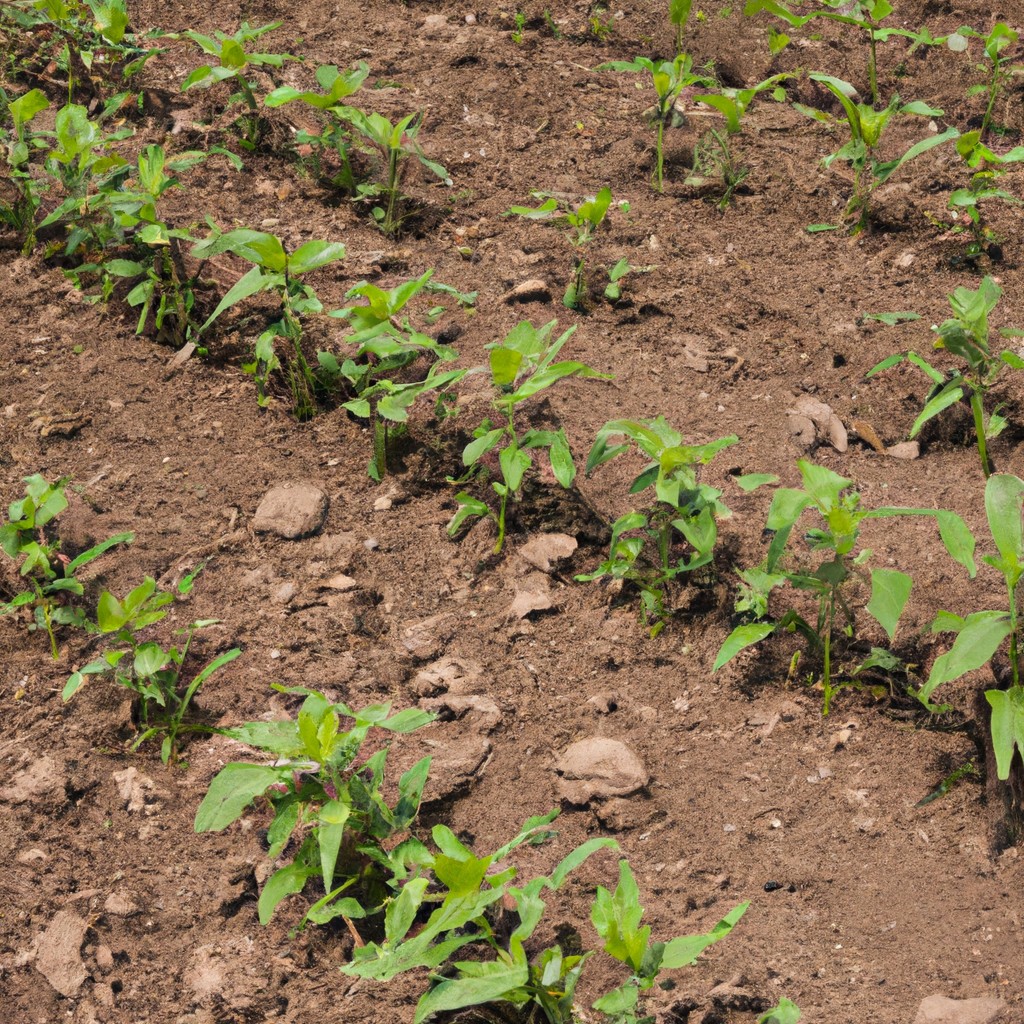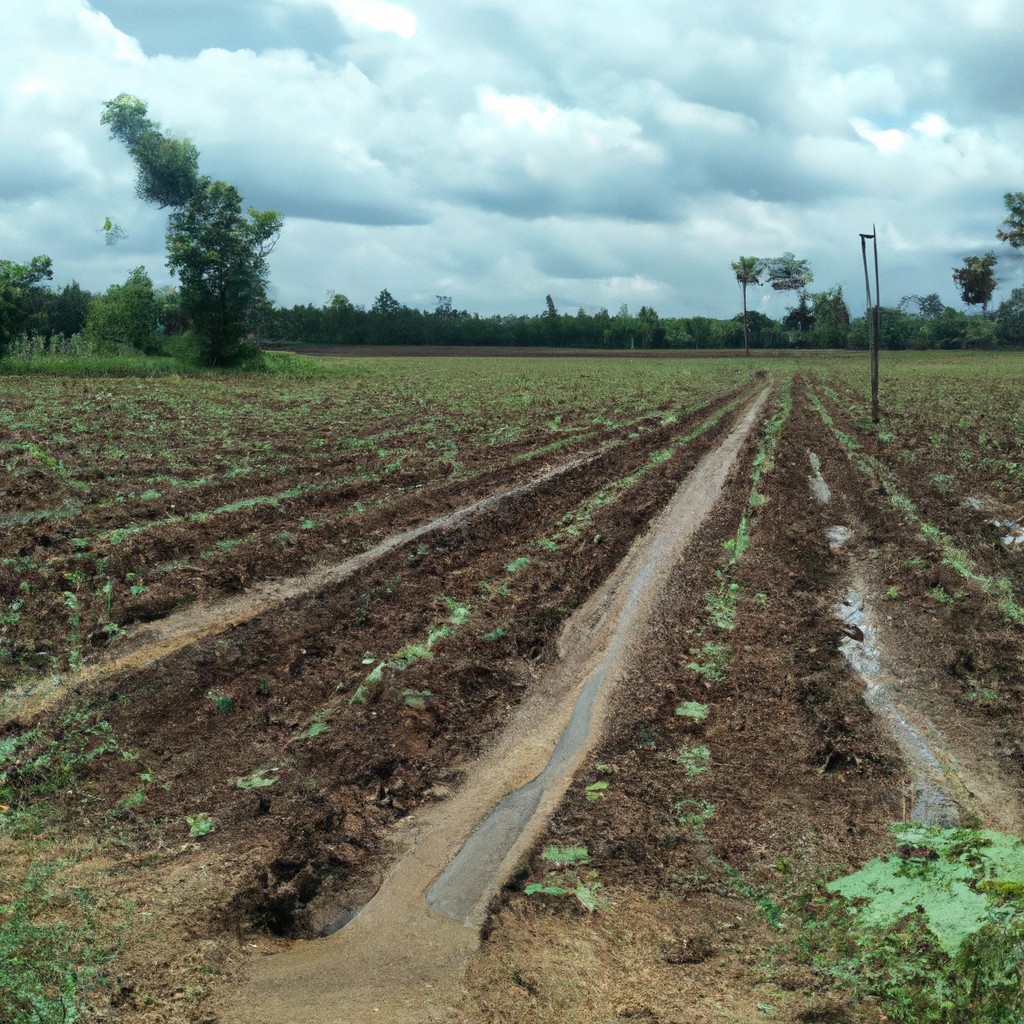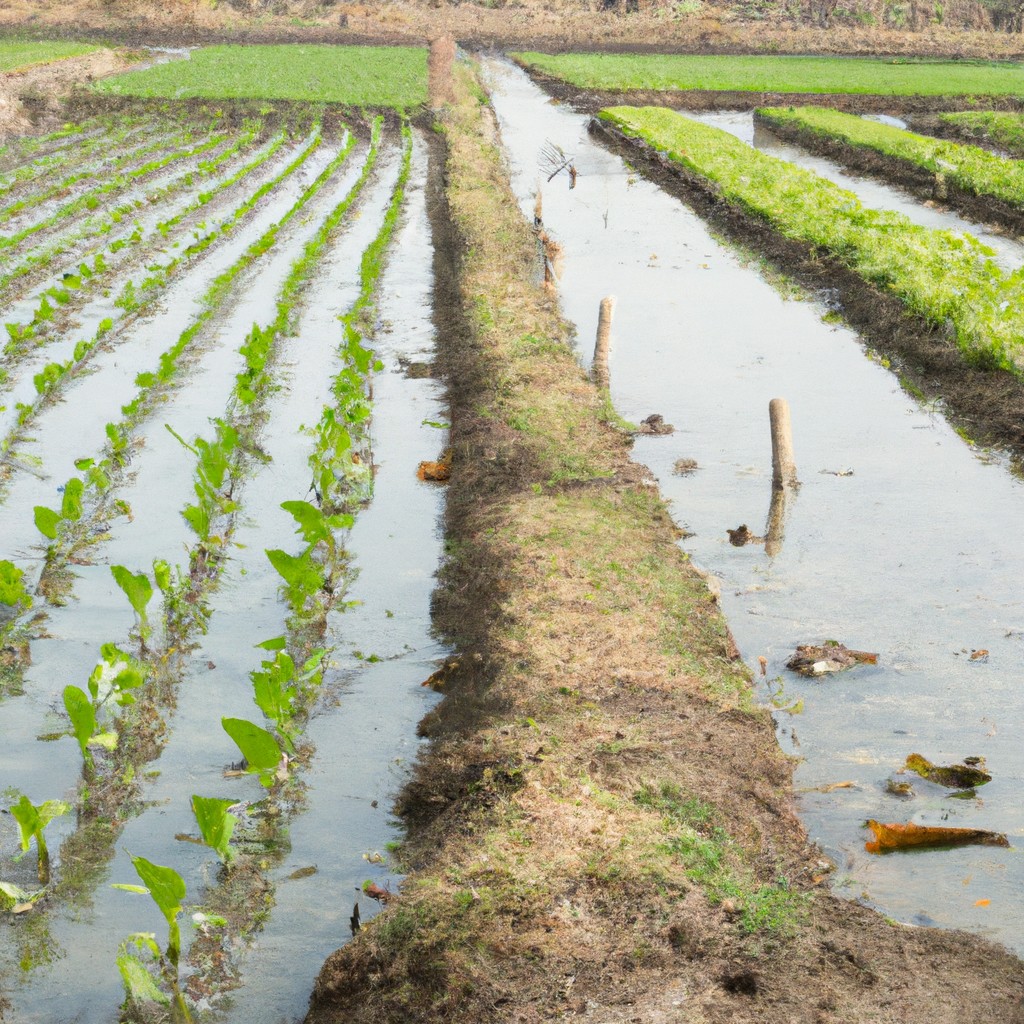No-till agriculture is a farming practice that avoids disturbing the soil, promoting better water retention, reduced erosion, and healthier soil biology; this article explains how it works and its benefits.
Look Inside:
What Is No-Till Farming?

No-till farming skips the traditional plowing process, leaving the soil structure intact. By not disturbing the soil, farmers allow organic matter to build up and microbial ecosystems to thrive. This method reduces soil erosion significantly since the topsoil is protected by previous crop residues. No-till also saves energy and time as fewer passes over the field are required, which translates to reduced fuel use and less wear and tear on machinery. This approach is instrumental in increasing water infiltration and retention in the soil, thereby enhancing drought resistance. Overall, it represents a shift towards a more sustainable and resource-efficient form of agriculture.
Benefits and Challenges of No-Till Farming
No-till farming, a practice minimizing soil disruption, offers several advantages and pose challenges.
Firstly, this method aids in enhancing soil health by preserving its structure. It prevents soil erosion and improves water retention, beneficial during dry spells. Additionally, the approach supports biodiversity as organisms vital to nutrient cycling thrive without disturbance.
On the economic front, farmers save on labor, equipment, and fuel costs associated with traditional tilling. These savings make no-till a cost-effective choice for many agriculturalists.
However, transitioning to no-till can be challenging. Initial adjustments include managing crop residues and combating potential increases in certain weed and pest species that benefit from undisturbed environments. Adapting to these changes requires strategic planning and possibly new investments in suitable machinery or herbicides.
Furthermore, while no-till promotes carbon sequestration, aiding in the fight against climate change, the full benefits are often realized over long periods. This requires a commitment to sustained practice to see significant improvements in soil quality and crop yields.
Common Methods of No-Till Farming
One popular approach in no-till farming is the use of cover crops. Farmers plant these to protect and enhance soil health during off-seasons. Cover crops, such as clover or ryegrass, help prevent erosion, improve soil structure, and increase organic matter content.
Another method involves direct seeding, where seeds are drilled directly into the soil without prior soil disturbance. This technique reduces soil erosion and maintains moisture levels by leaving the previous crop residues on the field.
To manage weeds without tilling, farmers often use targeted herbicides. When applied judiciously, these control unwanted plants without harming the soil’s structure. Alternatively, some opt for mechanical weed control using specially designed tools that disturb the soil minimally.
Crop rotation also plays a crucial role in no-till systems. By rotating different types of crops, farmers naturally reduce pest and disease build-up and improve soil fertility.
In essence, no-till farming focuses on minimal soil disturbance, which promotes a healthier, more sustainable agricultural ecosystem.
Sustainable Impacts of No-Till Farming
No-till farming significantly reduces soil erosion, keeping valuable topsoil in place and preventing possible damage to nearby waterways from runoff. This farming approach uses less fuel since farmers aren’t using machinery to till the soil, leading to lower carbon emissions and contributing to climate change mitigation. Moreover, not disturbing the soil helps maintain its natural structure and biodiversity, allowing microorganisms and fungi to thrive, which in turn improves soil fertility and plant health. This method also increases water infiltration and retention in the soil, reducing the need for irrigation and making crops more resilient during dry spells. Over time, these advantages can lead to improved yields and a healthier farm ecosystem, proving that what’s good for the earth is often also good for the farmer.
Management of No-Till Fields With EOSDA Crop Monitoring
Effective management of no-till fields utilizes advanced tools like EOSDA Crop Monitoring to optimize crop health and soil quality. This system leverages satellite imagery to provide real-time data on various aspects of the field, enabling farmers to make informed decisions without physically disturbing the soil.
Key functionalities include:
- Moisture Monitoring: ** Tracks soil moisture levels to help farmers decide the best times for irrigation, reducing water wastage and preventing erosion.
- Vegetation Indexes: ** Assesses plant health by analyzing the light absorption and reflection, pinpointing areas that may need attention due to pests or disease.
- Weather Data: ** Offers accurate weather forecasts that assist in planning agricultural activities, ensuring that fields are managed in a way that adapts to current and upcoming weather conditions.
By integrating these features, no-till farmers can maintain soil integrity, enhance biodiversity, and boost the overall sustainability of their practices.




